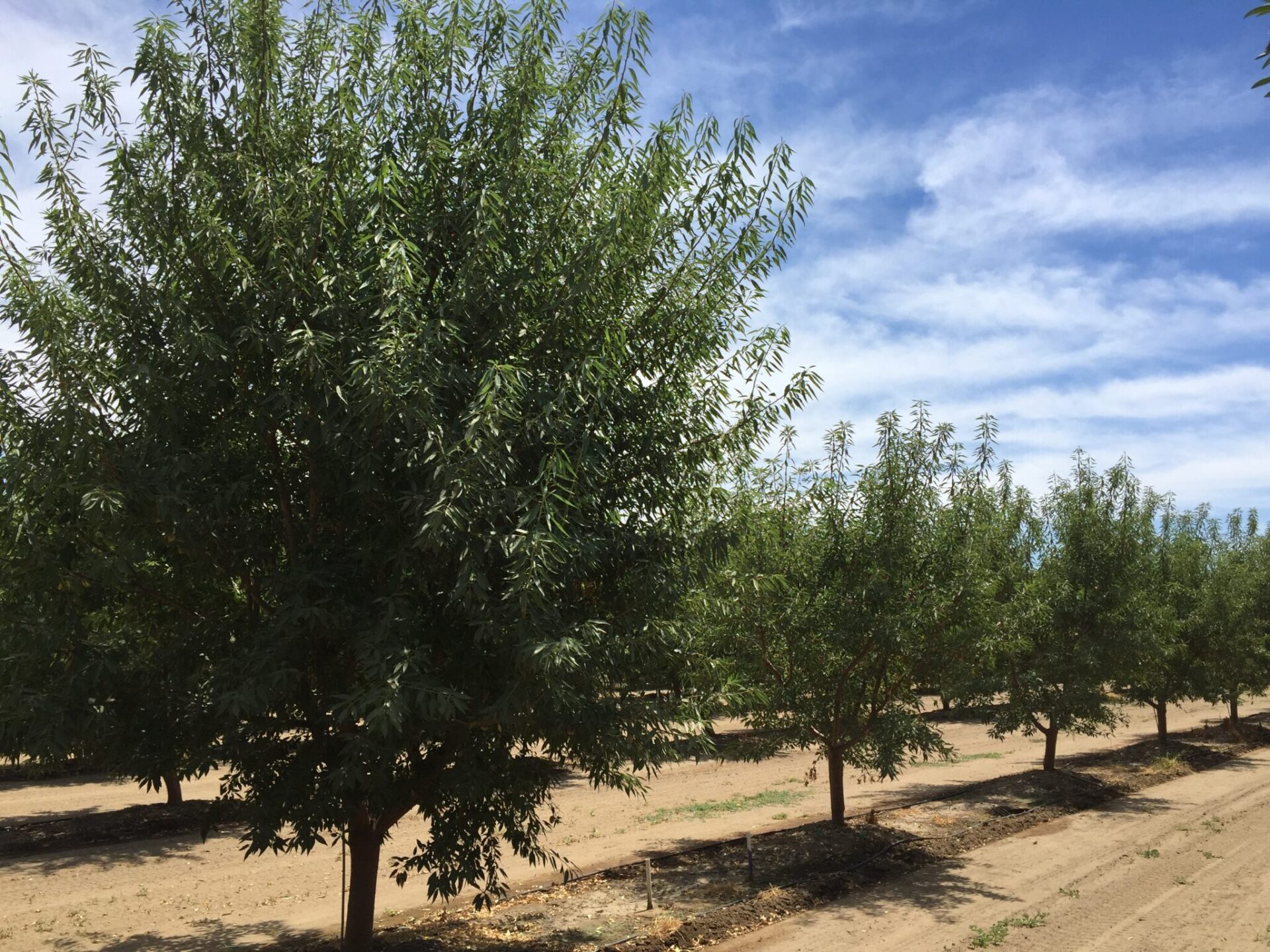This past month, the U.S. Food and Drug Administration announced a new proposed regulation to bring about farm-to-table traceability in our food supply. This new proposed rule is beyond what is already required in existing regulations. The proposed new rule lays the foundation for the end-to-end food traceability across the food industry with the ability to track a food at every step of the supply chain.
While limited to certain foods, this proposed rule would create a first-of-its-kind standardized approach to traceability recordkeeping. In the proposed rulemaking, the FDA released a draft Food Traceability List that identifies foods to which the additional recordkeeping requirements would apply. Nut butters, including all the tree nut butters, are on the list. However, it would not apply to products that are considered “rarely consumed raw” such as almonds, and those that receive commercial processing that adequately reduce the presence of microorganisms of public health significance.
Primary Requirements
The proposed rule identifies growing, receiving, transforming, creating and shipping as the Critical Tracking Events (CTEs) for which records containing Key Data Elements (KDEs) would be required. The KDEs required would vary depending on the CTE that is being performed. The records required at each CTE would need to contain and link the traceability lot code of the food to the relevant KDEs.
The CTEs are as follows:
Growing: For products such as fruits and vegetables, growing is generally the first step in the supply chain.
Receiving: Receiving is an event in a food’s supply chain in which a food is received by a customer (other than a consumer) at a defined location after being transported (e.g. by truck or ship) from another defined location. In addition to the general KDEs for receiving, “first receivers” would need to establish and maintain additional KDEs.
First Receiver: A first receiver is the first person (other than a farm) who purchases and takes physical possession of a listed food. Only foods that are originated (i.e. grown, raised, caught or, in the case of a non-produce commodity such as eggs, harvested) can have a first receiver.
Creating: Creating is the making or producing of a food on the Food Traceability List.
Transformation: Transformation is an event in a food’s supply chain that involves changing a food on the Food Traceability List, its package and/or its label (regarding the traceability lot code or traceability product identifier), such as by combining ingredients or processing a food (e.g. by cutting, cooking, commingling, repacking or repackaging.) Transformation does not include the initial packing of a single-ingredient food or creating a food.
Shipping: Shipping is an event in a food’s supply chain in which a food is arranged for transport (e.g. by truck or ship) from a defined location to another defined location at a different farm, a first receiver or a subsequent receiver.
Traceability Program Records
In addition to requiring records of KDEs, as discussed above, the proposed rule would require persons who manufacture, process, pack or hold foods on the FTL to establish and maintain traceability program records. These records include:
A description of relevant reference records: A firm’s KDEs might be kept on various types of reference records, such as bills of lading, purchase orders or production logs. A firm’s traceability program records would need to include a description of the reference records on which the firm maintains the required KDEs. This description would explain where on the reference record the traceability information appears, and if applicable, a description of how reference records for different tracing events for a food are linked.
A list of foods on the FTL that are shipped: The proposed rule would require anyone who ships food on the FTL to keep a list of which listed foods they ship, including the traceability product identifier and traceability product description for each food. This list would be part of a firm’s traceability program records.
A description of how traceability lot codes are assigned: The proposed rule would require traceability lot codes to be established when a food on the FTL is originated, transformed or created. The traceability lot code allows a food to be uniquely identified throughout the supply chain. As part of a firm’s traceability program records, firms would be required to describe how they establish and assign traceability lot codes.
Other information needed to understand data provided within the required records: The proposed rule would require a firm’s traceability program records to include any other information needed to understand the data within their traceability records, such as internal or external coding systems or classification schemes, glossaries and abbreviations.
Additional Requirements
The proposed rule would also require that:
Records be maintained as either original paper records, electronic records or true copies; they all must be legible and stored to prevent deterioration or loss.
Traceability records be provided to FDA as soon as possible, but no later than 24 hours after a request is made.
An electronic sortable spreadsheet containing relevant traceability information be provided to FDA within 24 hours of a request when necessary to assist FDA during an outbreak, recall or other threat to public health.
FDA is hoping this approach will allow for linkages to be established throughout the supply chain during a foodborne illness outbreak investigation and more quickly identify potential sources of contamination and prevent additional illness and death. The availability of the traceability records that are set out in the proposed rule would also help limit the scope of recalls and, in some instances, allow the FDA to better target consumer advice, avoiding blanket alerts on whole commodity sectors.
The FDA is proposing that any final rule on additional traceability recordkeeping requirements for foods on the FTL would become effective 60 days after it is published in the Federal Register. Because an effective traceability system requires all entities in a supply chain to maintain traceability records, FDA believes all persons subject to the rule should come into compliance by the same date. FDA is proposing that the compliance date for all persons subject to the recordkeeping requirements would be two years after the effective date of the final regulation.
The proposed rule and draft Food Traceability List are available for public comment for 120 days from the date of publication of September 23, 2020. The FDA will also be holding three public meetings during the public comment period. Information about the public meetings will be forthcoming.
















